Dangling 60 feet from the ground, held only by a rope, it’s no wonder a lot of people look up at their end-point thinking it’s beyond their reach (literally). But with every burst of energy that gets you up an extra foot, eventually you will reach the top of that rock edge or indoor climbing wall and be rewarded with breathtaking mountain views or crowds of people cheering below you (okay that might just be in my head).
Take a moment and enjoy that feeling of accomplishment. There’s nothing like it. So here is our beginner’s guide to rock climbing, for all those interested climbers out there.
Essential Tips for Rock Climbing
Warm Up and Stretch
Climbing, like many other activities, is often considered “easy” or “not much of a workout” but trust me when I say it is and you will feel it the next morning. As in every physical activity, it’s important to stretch your muscles prior to exercise to avoid injury. With climbing, it also makes you a better climber!
Stretching will warm up your joints, ligaments and muscles slowly, improving their circulation and flexibility. This translates to improved climbing technique and endurance, so it is worth taking that half an hour before climbing to warm up those bad boys!
Try to work as many muscle groups as possible and you’ll already be off to the best possible start.
Always Plan Your Route
The best climbers will always stand staring up at the wall in front of them for a while before even looking like they are ready to climb. Don’t worry, this is normal! They are planning their whole route in their heads, even down to where they will stop for rest breaks.
Like any other skill, you can only develop this ability with practice. Start by taking some time before your climb to visualize how you would climb the wall. Go through each movement and try to imagine your position, where you will distribute your weight and balance, and the sequence of movements that your hands and feet will make to get you to your next position.
After you complete a route, you can even look at it again and re-analyze it to see what you would do differently. Like I said, this takes some practice. Just try to get into the habit of previewing your route before you climb and you’ll be a climbing genius in no time!
This is one of the most important mental skills of rock climbing as it allows you to climb easily, safely and for longer. Plus it prevents you from getting stuck while on the wall as you can’t see well enough around you to adapt!
Get used to doing this mental workout before each climb and you will see massive improvements in your climbing technique. See, and you thought rock climbing was just about aerobic exercise!
Read: The Best Rock Climbing in Southeast Asia
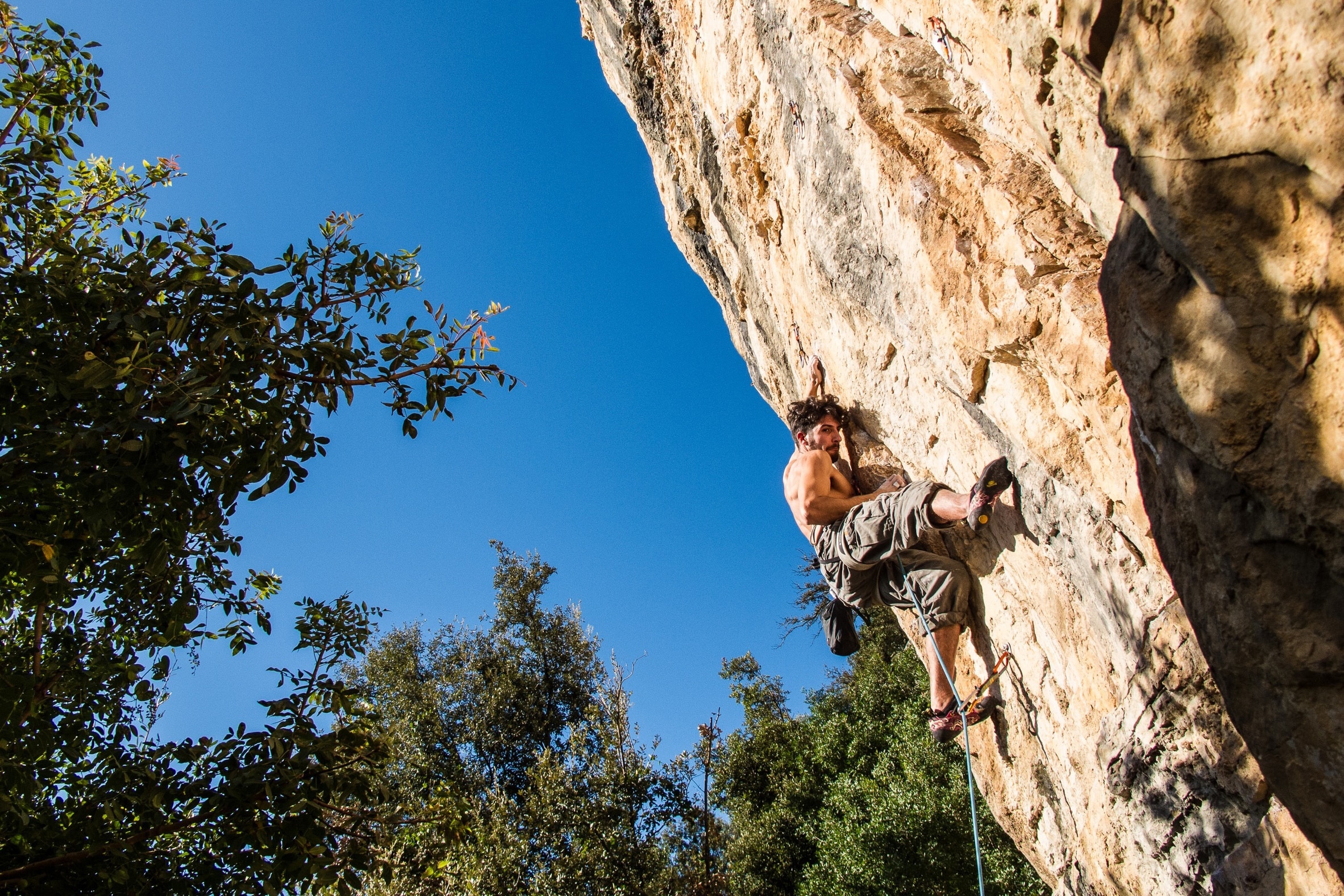
Think Technique, Not Strength!
Who here thinks rock climbing is all about having the upper body strength of Hercules? I have to admit, I did and kinda still do. But alas, it has nothing to do with strength and all to do with technique. This has always been a weakness of mine and will probably always continue to be, so don’t be disheartened if you find this difficult.
Here are a few points that you should always have in mind while climbing and what I still work on today.
Keep Your Arms Straight – much like carrying groceries, keeping your arms straight makes the movement easier and more efficient. Keeping your legs bent will also make pushing yourself up a lot easier.
Strength of Grip – Over-gripping will wear out your forearms quickly which means you won’t be able to climb anymore. Just relax and don’t grip the holds too tightly. Use the holds to balance rather than to pull yourself upwards. A handy tip is to spot the bigger holds for your hands and save the small holds for your feet.
Use Your Legs – By gripping the holds less tightly, every movement should be made using your legs. Think of it like you’re walking up a ladder, where you’re legs do the work and your arms are just there for support and balance. This will increase your endurance drastically.
Keep Your Body Close to the Wall – As well as your legs, your core strength is a key player in climbing well and not tiring yourself out. By keeping your body closer to the wall your centre of gravity is maintained through your torso and legs, rather than if you were leaning away from the wall and the combined effect of your body weight and centre of gravity is taking a toll on your arm strength.
Static Climbing – The majority of your movements should be controlled by muscle movement rather than momentum. A general rule is to try and move your hands first, plant your feet and then shift your body weight. Avoid trying to shift your weight while moving a limb at the same time as your center of gravity will shift suddenly causing you to use unnecessary strength to correct it.
Speed – For beginner rock climbers, slower is better. You don’t have to get up the wall in lightening speed. Save your upper body strength and climb for longer by taking your time and actively making sure you are doing all of the points above while climbing. This will ensure your movements are fluid and smooth which is the best climbing technique.
Learn the Lingo
This might not seem that important, but communication between the climber and the belayer is essential. Although you are the one climbing, your belay partner also needs to know when you’re taking a break or approaching a difficult part of the route so that they can sufficiently support you. After all, your life is kind of in their hands!
Learning the basic climbing commands such as “on belay,” “climbing,” “take” if you want to take a break, “lower,” and “off belay,” will improve the interaction between you and your partner and give you both the confidence to climb safely. Also try to learn the belayer’s response commands so you understand each other.
Read: Rock Climbing up Lava Cliffs in Baños, Ecuador
Practice Falling
So I know that the threat of plummeting to the ground is all part of the thrill of rock climbing, but accepting that you may fall and practicing it will make you a better climber. Plus getting over this fear of falling will make the experience all the more enjoyable.
To develop this skill and fall safely, pick a safe spot (this would be a point where nothing is jutting out beneath you) and tell your belayer that you are going to take a practice fall. Tell them to “take” and “lock off.” Once you are ready, push away from the wall with your feet and you will fall a few feet before the rope will come tight.
Hopefully, now you will have a “that wasn’t so bad” attitude and can get back on the wall to climb and push yourself to try difficult moves even if it means falling.
Practice, Watch and Learn
The best way to improve your rock climbing technique is to observe others while also developing your own style and techniques yourself. You will be taught a certain way depending on your guide, just make sure you take the advice on board and adapt it if it isn’t working for you.
Practice moves that you see while reinforcing these basic fundamentals of good rock climbing techniques every time you climb. Soon you will develop muscle memory for your own technique and you will be able to push your abilities each time to improve.
It’s All About the Shoes!
If you are planning on rock climbing frequently, invest in good quality rock climbing equipment. The most important being good footwear.
I recommend choosing softer climbing shoes as you will be able to get a better feel and grip on the wall. The first shoes I bought had solid soles and were a size too small, as climbers recommended smaller shoes were better for serious climbers. While they are good, they were not for beginners and caused serious pain!
Long story short, I should have started off with soft shoes to develop my climbing technique and then worked up to hardcore shoes. The most important thing to remember is to find out what works best for you so try everything.
Prepare Before Going Outdoors
While I will highly recommend outdoor climbing to everyone, it is a completely different sport to climbing in a gym. Planning your route will be a lot harder, you will be in a less-controlled environment and you are completely at the mercy of the natural holds and weather conditions!
With that being said, as long as you remember everything you learnt and climb like you do indoors, you will have a lot more fun!
✨The 1 Thing We Never Leave Home Without…✨

Coming from someone who has been traveling the world for the last 8 years AND has been in the hospital 2x, travel insurance is something everyone NEEDS to get. Get a quote below!
What to Pack when Rock Climbing: The Essentials
- First aid kit
- Water
- Food
- Comfortable, stretchy shorts or trousers
- Suncream
- Rock climbing shoes (only if you want to bring your own)
- mosquito repellant (depending on where you climb)
- equipment if you are not going with a company
These are just the essential items that you need to take with you for a day or two out rock climbing. What you pack will also largely depend on where you are going, the type of climate you will be dealing with and your climbing ability.
For example, a lot of climbing tours will provide you with equipment from helmets and shoes, to all the ropes and belays. However, if you are a more frequent climber, you can also bring any equipment of your own that you would like to use.
Read: Essential Things to Pack for that Adventure Getaway
So, if you want to become a better climber and tackle the outdoors confidently, practice these tips over and over again until they become natural. Whether mastering indoor climbing or traveling around the world to climb with a view, hone these skills and enjoy each challenge!

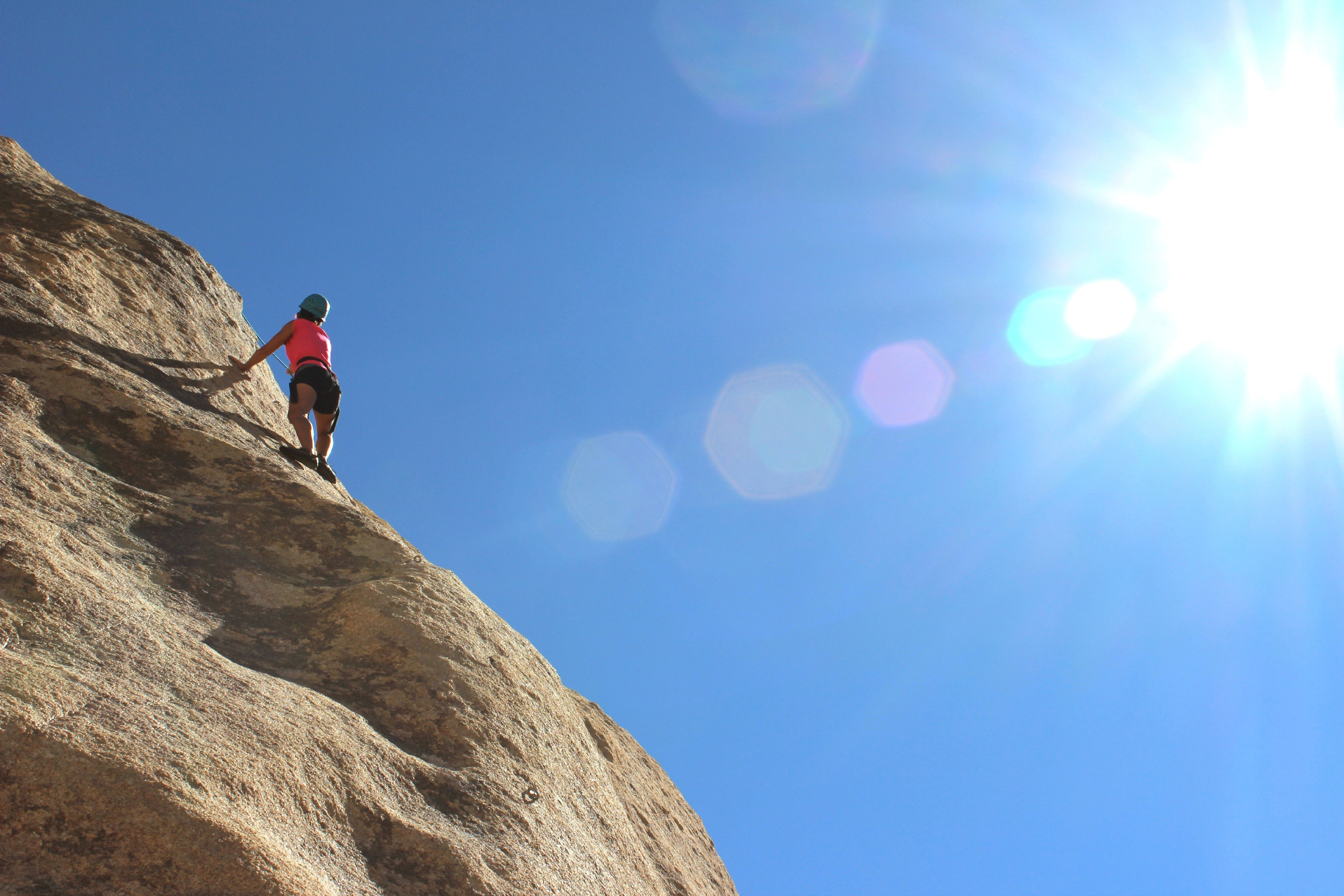
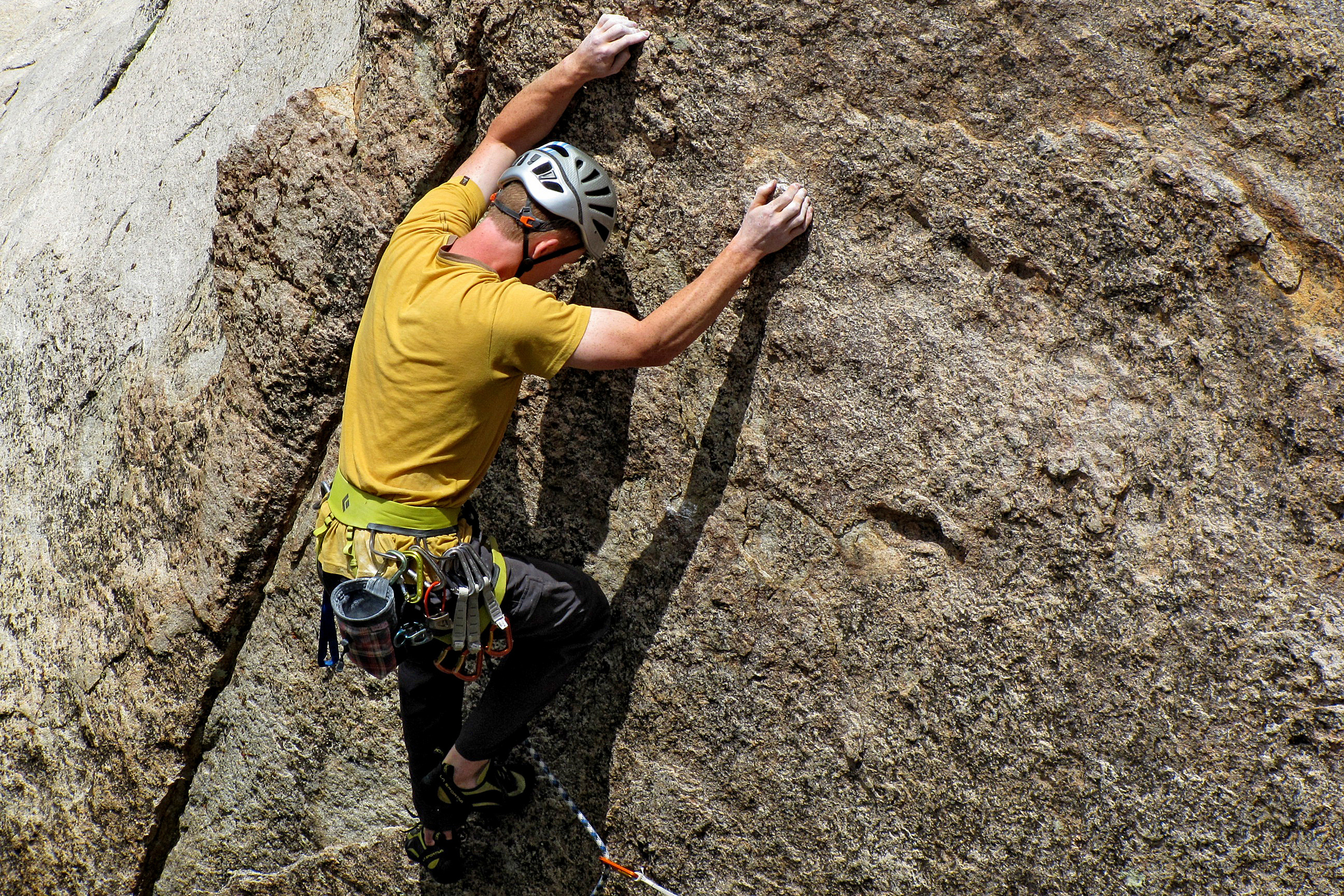
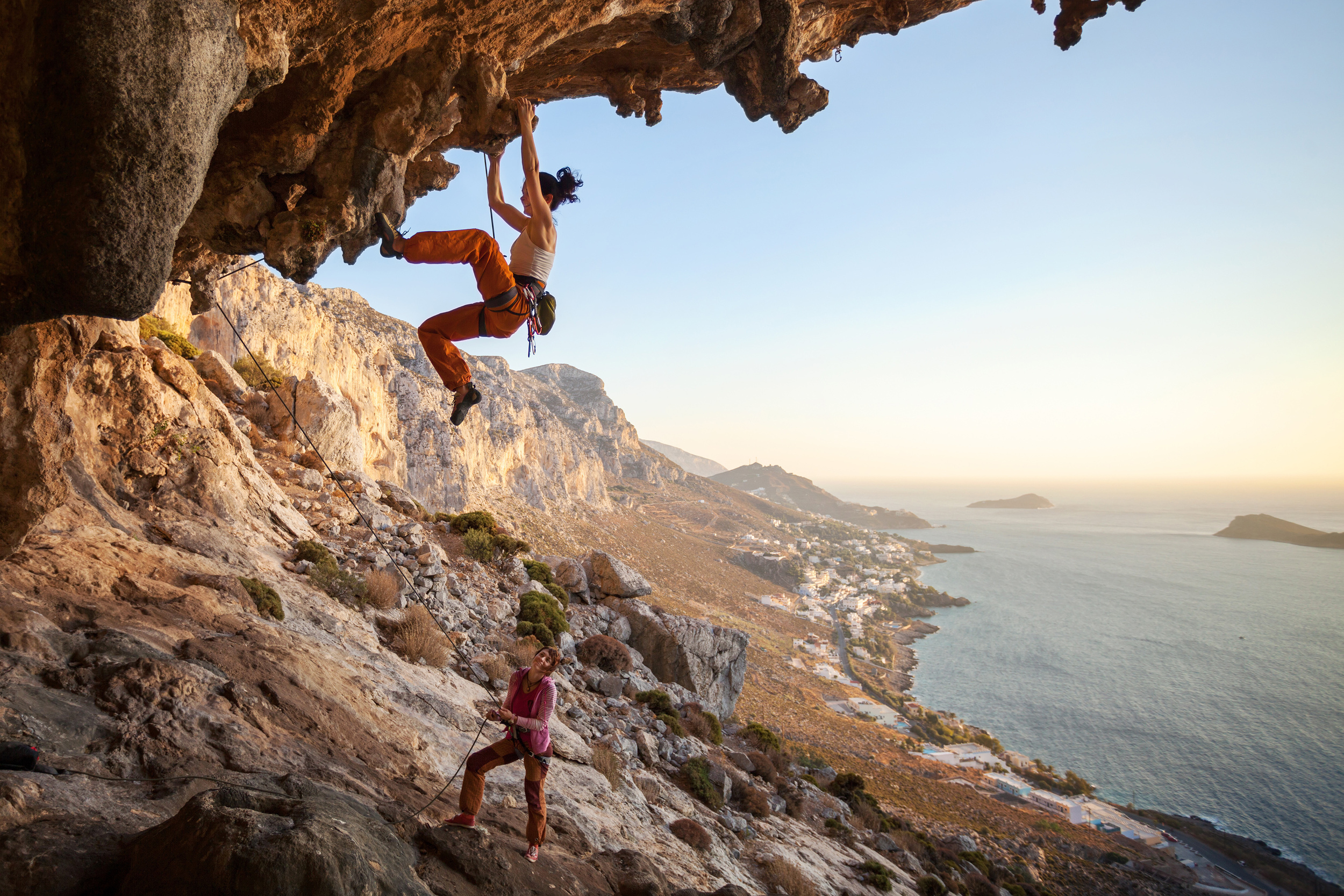
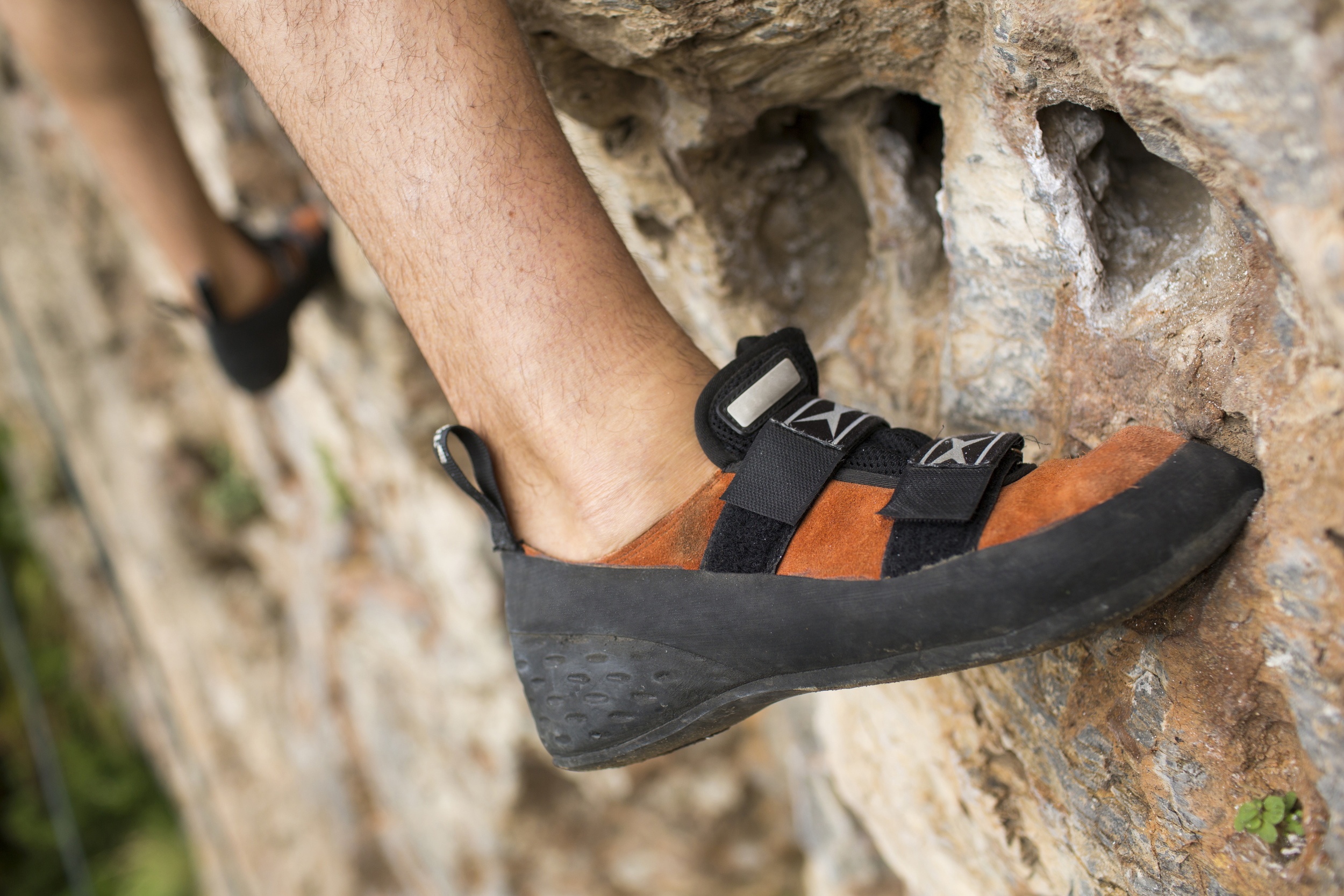

1 thought on “Beginner’s Guide to Rock Climbing: Everything You Need to Know”